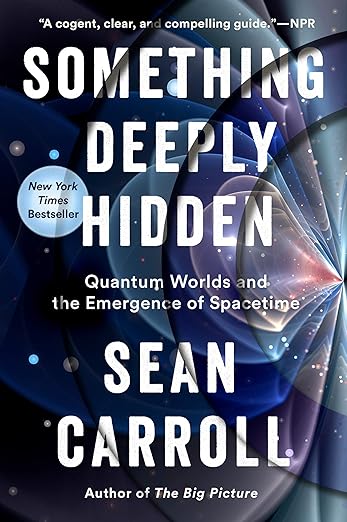Pale Blue Dot
In Cosmos, the late astronomer Carl Sagan cast his gaze over the magnificent mystery of the Universe and made it accessible to millions of people around the world. Now in this stunning sequel, Carl Sagan completes his revolutionary journey through space and time. Future generations will look back on our epoch as the time when the human race finally broke into a radically new frontier—space. In Pale Blue Dot, Sagan traces the spellbinding history of our launch into the cosmos and assesses the future that looms before us as we move out into our own solar system and on to distant galaxies beyond. The exploration and eventual settlement of other worlds is neither a fantasy nor luxury, insists Sagan, but rather a necessary condition for the survival of the human race.
How can you read this book?
Click these simple buttons to read this book today.
You may like these books... Buy now!

|

|

|
Carl Sagan, Professor of Astronomy ![]()
Pioneering Scientist and Science Communicator
Life and Career: Carl Sagan, born on November 9, 1934, was an American astronomer and science communicator. He made significant contributions to the understanding of extraterrestrial life, particularly through experiments demonstrating the production of amino acids from basic chemicals by radiation. Sagan was instrumental in creating the Pioneer plaque and the Voyager Golden Record, the first physical messages sent into space. These universal messages were designed to be understood by any potential extraterrestrial intelligence.
Sagan began his career as an assistant professor at Harvard before moving to Cornell University, where he spent the majority of his career. Over the course of his life, he published over 600 scientific papers and articles, along with more than 20 books, including popular science works like "The Dragons of Eden," "Broca's Brain," "Pale Blue Dot," and "The Demon-Haunted World."
Cosmos: A Personal Voyage: One of Sagan's most notable contributions to science communication was the 1980 television series "Cosmos: A Personal Voyage," which he co-wrote and narrated. This series became the most widely watched series in the history of American public television, reaching over 500 million people in 60 countries. The accompanying book, also titled "Cosmos," became a bestselling science book in the English language.
Advocacy and Recognition: Beyond his scientific pursuits, Sagan was a public advocate for skeptical scientific inquiry and the scientific method. He played a pivotal role in the field of exobiology and championed the search for extraterrestrial intelligent life (SETI). Sagan's career at Cornell included directing the Laboratory for Planetary Studies.
Throughout his life, Sagan received numerous awards and honors for his contributions to science, literature, education, and environmental preservation. These accolades included the NASA Distinguished Public Service Medal, the National Academy of Sciences Public Welfare Medal, the Pulitzer Prize for General Non-Fiction (for "The Dragons of Eden"), and two Emmy Awards, among others.
Legacy and Impact: Sagan's ability to convey the wonder of science to the public, as demonstrated in "Cosmos," left an indelible mark on science communication. His influence extended to future scientists and the general public, fostering a greater appreciation for the mysteries of the cosmos. Sagan's death on December 20, 1996, marked the end of a life dedicated to scientific exploration and education.
In the words of Yervant Terzian, chair of the astronomy department at Cornell, Sagan was "a candle in the dark" and "the best science educator in the world this century." Sagan's legacy lives on through his extensive body of work, including his writings, television series, and the inspiration he provided to countless individuals curious about the universe.



Comments